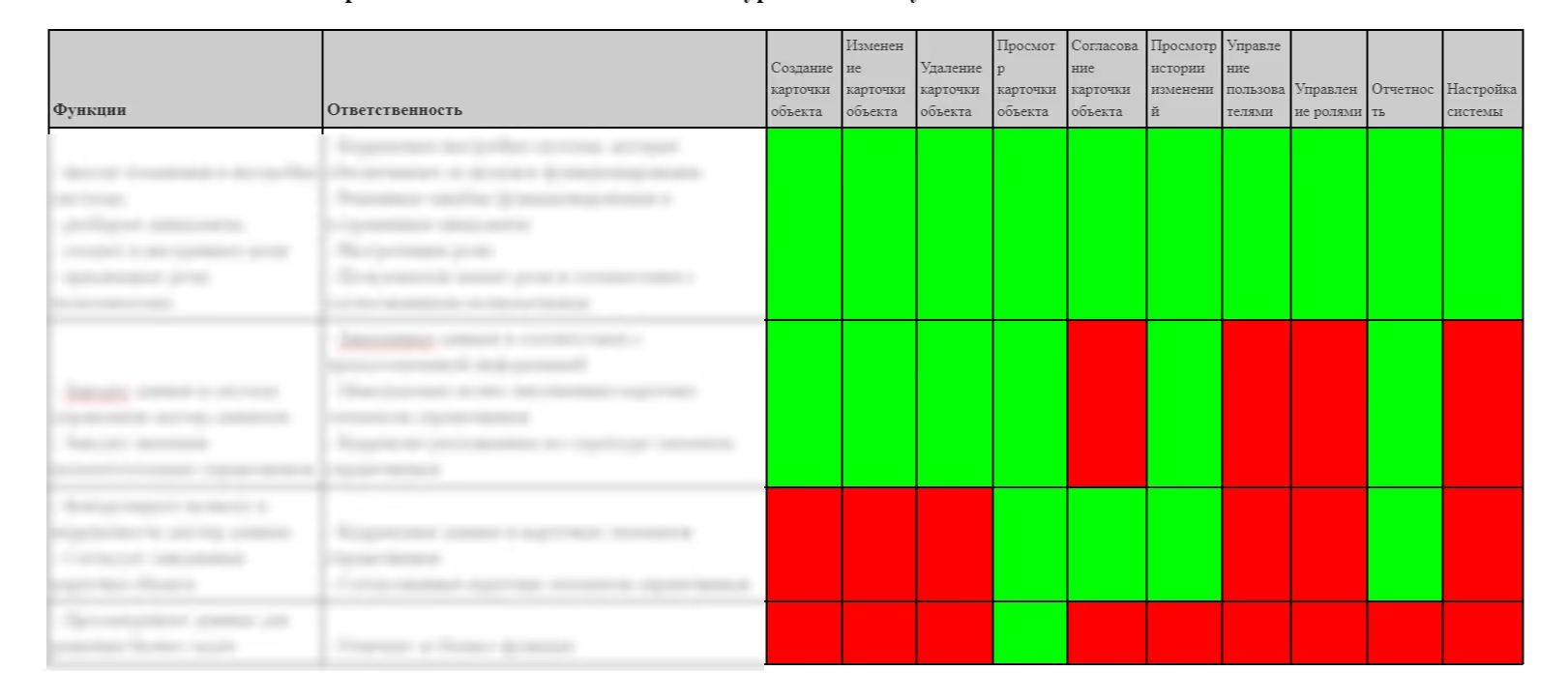CLIENT
Muztorg is the leader among retail chains selling musical instruments and musical equipment in Russia. The company owns the country's largest retail chain of 50 record stores, as well as an online store muztorg.ru — No. 1 most popular in its RuNet segment.
Muztorg has been operating for over 20 years. The company was the first in the Russian musical instrument market to implement an omnichannel approach: information about prices, assortment and service is synchronized between the website and retail stores.
TASK
Perform a pre-project survey and conceptual design of the corporate data management system.
In mid-2021, Muztorg faced an important task: to transform the IT architecture. Through the transformation, the company wanted to achieve:
- reducing the costs of ensuring the IT landscape, as well as minimizing the risks of data loss and late delivery;
- obtaining a scalable management architecture;
- rapid scaling by increasing the bandwidth of information systems and promptly connecting new information systems.
It was necessary to offer an optimal technical solution for integrating both Muztorg's internal information systems and external services, including B2B functions.
Another objective of the study is to form a roadmap, an integrated plan and a budget assessment of a future project to implement MDM and ESB solutions.
SOLUTION
KT team. Team conducted a pre-project survey in order to:
- studying the current IT architecture, the interaction of information systems and product information models;
- auditing current services, identifying weaknesses and data conflicts.
Based on the results of the pre-project survey, we proposed the target architecture and information model of the corporate data management system as part of the enterprise's digital transformation. For further transformation, we have formulated requirements for a future corporate data management platform in terms of an integration model and a master data management model.
BUSINESS PROCESS MODELING AS IS — TO BE
While working on the project, we relied on modeling business processes as is (the structure of connections at the time of the pre-project survey) — to be (a new architecture project prepared for implementation).
Modeling the current architecture allowed the project team, together with the customer's representatives, to identify bottlenecks — places that, at the time of the study, slowed down the functioning of the architecture or had the potential to slow it down.
We paid special attention to these processes and integrations at the to be stage so that the new architecture does not inherit the bottlenecks of the previous architecture and is more flexible and scalable.
MODEL AS IS
To fully understand the as is model of this project, we interviewed employees of 11 company departments involved in NSI business processes: warehouse, retail, marketing, IT, etc. At the same time, we collected and studied documentation: instructions, requirements, regulations.
During the pre-project survey:
- the project architecture, product information models and mechanisms of interaction between structural units were analyzed;
- the effectiveness of system interaction was assessed;
- deficiencies in business process elements have been identified;
- the directions for further development and construction of the to be model have been identified.
In a simplified schematic form, the as is architecture looked like this.

MODEL TO BE AND DESIGN OF A NEW INFORMATION CIRCUIT
Based on the pre-project survey data, we compiled a map of information flows between subsystems and drew it graphically, accompanied by detailed explanations: what information should be transferred to other systems via ESB and from which system.

PROJECT IMPLEMENTATION ROADMAP
We have prepared a roadmap for transforming Muztorg's IT architecture both in the form of a Gantt chart and in the format of a structural diagram with designated project implementation queues.


Selecting specific IT solutions
In addition to the architectural design and the project roadmap, we have prepared an analytical comparison of ESB and MDM solutions.
Thus, the Mule, Talend and WSO2 ESB systems were compared according to 70 parameters, including:
- speed and availability of implementation;
- technical features of the systems;
- scalability;
- technical support options;
- the cost of services provided by specialists working with these systems and their availability in Russia.
The efficiency of using ESB for each subsystem was analyzed separately.
A detailed analysis allowed Muztorg to carefully select an ESB solution that meets their needs.
The goals of implementing the MDM system into the Muztorg architecture were:
- ensuring the maintenance of auxiliary and cross-domain directories to support basic processes;
- providing analytics systems with unified identifiers for directory elements;
- integration of unified directories into the company's processes (including supporting both current and future processes).
Based on the analysis, the results of the interview and the requirements of Muztorg, we have prescribed:
- functional requirements for the MDM system (25 key points, including: availability of tools for creating, maintaining and deleting master data; importing directory values from files, as well as support for uploading via the API; customizable data validation rules, etc.). );
- data security requirements;
- requirements for quality control of input data.
Using these parameters, we made a detailed comparison of the Pimcore, Riversand and 1C MDM systems, providing the client with a detailed report. The budgets that the company will need to implement and maintain systems were separately analyzed, and options for storing directories and their attributes in the MDM system were considered.
To ensure the security and controllability of the input information, we have built a role matrix with levels of access to specific data.









